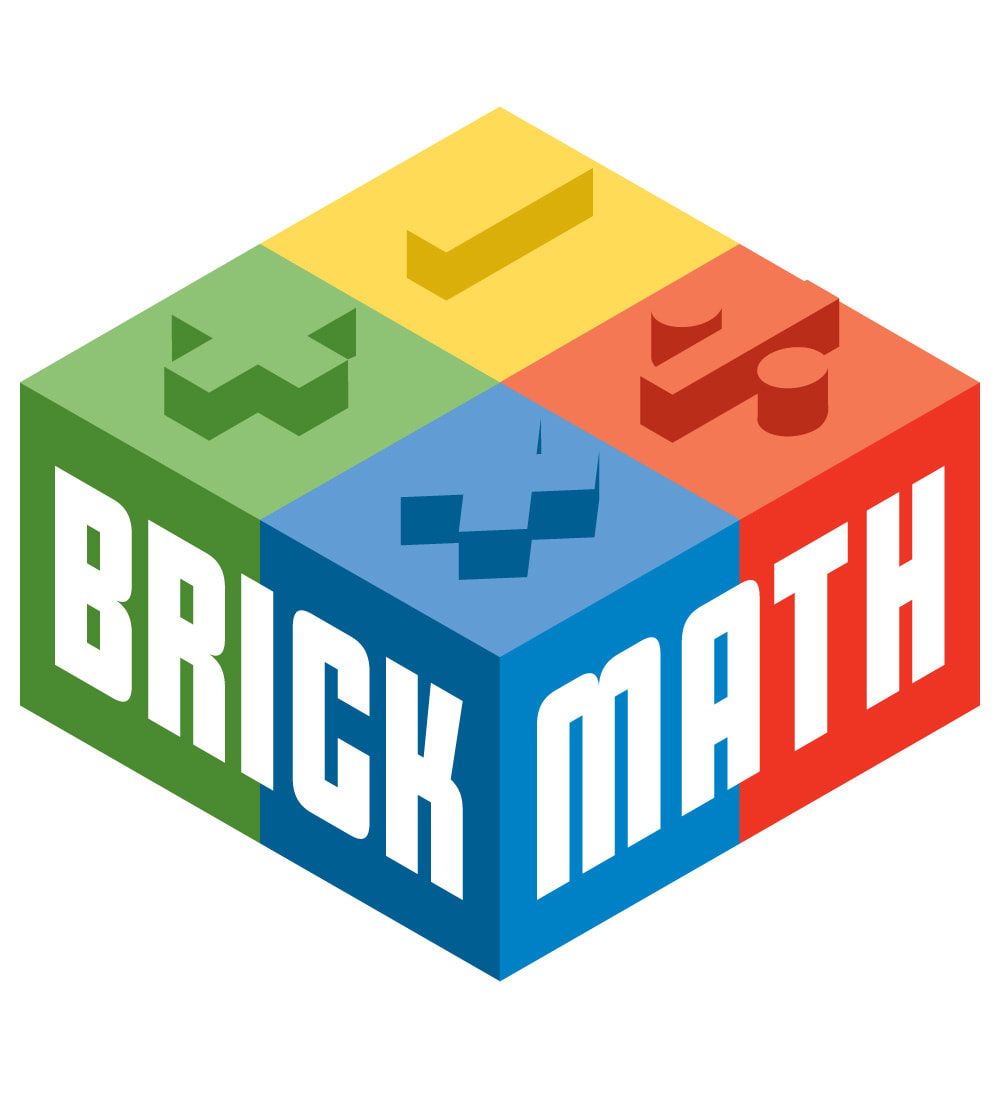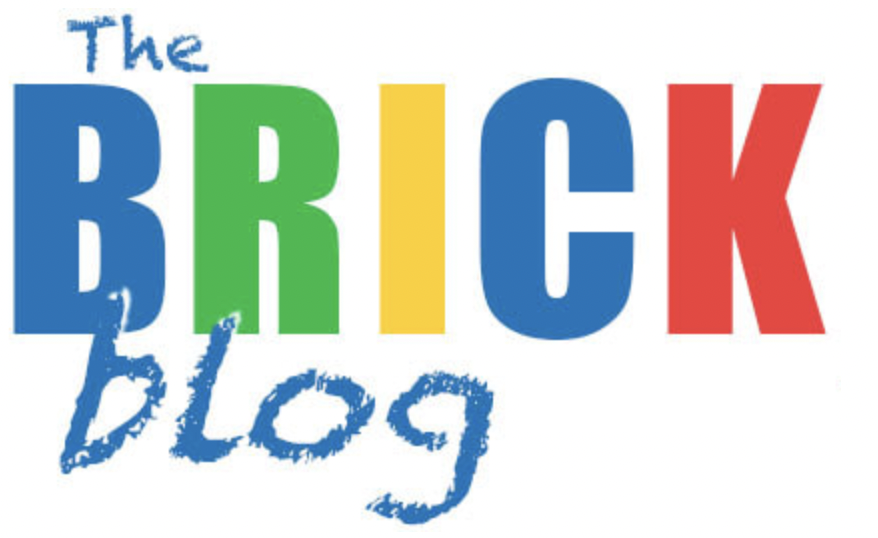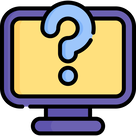 Journalist Jessica Grose has two recent op-eds in the New York Times that question the use of computers for children’s learning in subjects including mathematics. Students are using their school-issued Chromebooks and iPads to watch YouTube videos and play video games instead of following the teacher’s lesson. When kindergarteners learn to read only on iPads, not physical books, their comprehension suffers. Studies about technology-based education show that giving kids computers develops their computer proficiency, but not much else. Screens can help as practice tools, but they aren’t the best method for learning the basics of math and reading. 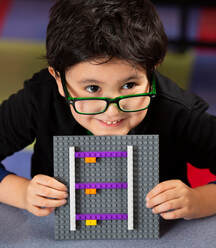 Our solution: Brick Math. The curriculum was developed as a screen-free method of learning. With Brick Math, students build models of math problems with plastic building bricks in thirteen K - 8th grade math content areas that range from Counting to Pre-Algebra. The students draw a model with bricks and explain with words why the model shows the math. The brick model makes the math tactile and concrete. For many students, the physical process of building with bricks is the key to learning when a traditional curriculum hasn’t worked for them. 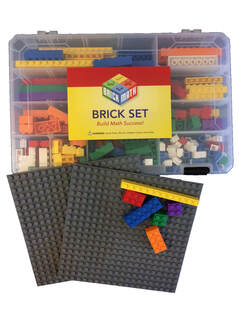 Computers and screens may have their place in the classroom as “supports on the margins,” but their use seems limited. A screen-free program like Brick Math engages students fully and promotes true learning. Brick Math is a complete math curriculum for kindergarten through 8th grade that models the math with bricks. The curriculum is divided into 13 separate content areas: Counting, Addition, Subtraction, Multiplication, Division, Basic Fractions, Basic Measurement, Fraction Multiplication, Fraction Division, Advanced Measurement and Geometry, Decimals, Data and Statistics, and Pre-Algebra. Students can start anywhere in the curriculum. It can be used as a complete math curriculum or brought in as a supplement to help students who aren't having math success with other programs. 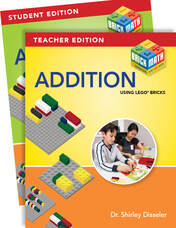 Brick Math works in many applications: for homeschooling, math intervention, enrichment, and as a whole-school program. Materials are simple and affordable. For an innovative way to teach and learn K - 8th grade math, check brickmath.com. The website includes videos for both teacher training and direct instruction of students. You can learn more about how Brick Math improves students' math test scores and hear what people who are using Brick Math have to say about the program.
0 Comments
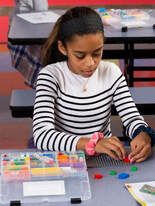 Happy Spring! No April Fooling from us today -- it's time for a new FREE Brick Math Lesson of the Month! This lesson comes from Data and Statistics, which is part of the extension of the Brick Math curriculum into 7th-8th grade math subjects. It shows how to use bricks to model bar graphs and histograms, and maybe most importantly, to understand when to use the different types of graphs depending on the type of data. To get the April 2024 Brick Math Lesson of the Month, "Bar Graphs and Histograms" plus a new lesson each month, click here. Each Lesson of the Month includes the Teacher Lesson Guide as well as the Student Workbook Pages that correspond to the lesson. 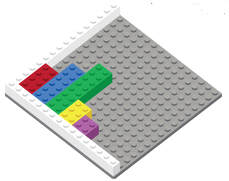 This lesson really uses the bricks well to help students learn how to construct bar graphs and histograms when given a set of data. It reinforces a key piece of information about building graphs: that bar graphs are uses for discrete data and histograms are used for continuous data. Building graphs out of bricks and then drawing those graphs is part of the learning process that gives students confidence in their ability to represent data in graphical form. 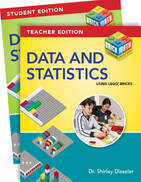 Data and Statistics and Pre-Algebra bring the Brick Math curriculum into 7th and 8th grade math. The topics are perfect for middle school students who are learning the topics for the first time, or for students who need some help learning because a more traditional curriculum has failed them. Brick Math is a complete math curriculum for kindergarten through 8th grade that models the math with bricks. The curriculum is divided into 13 separate content areas: Counting, Addition, Subtraction, Multiplication, Division, Basic Fractions, Basic Measurement, Fraction Multiplication, Fraction Division, Advanced Measurement and Geometry, Decimals, Data and Statistics, and Pre-Algebra. Students can start anywhere in the curriculum. It can be used as a complete math curriculum or brought in as a supplement to help students who aren't having math success with other programs. Brick Math works in many applications: for homeschooling, math intervention, enrichment, and as a whole-school program. Materials are simple and affordable.
For an innovative way to teach and learn K-8th grade math, check brickmath.com. The website includes videos for both teacher training and direct instruction of students. You can learn more about how Brick Math improves students' math test scores and hear what people who are using Brick Math have to say about the program. |
Categories
All
Archives
July 2024
|

